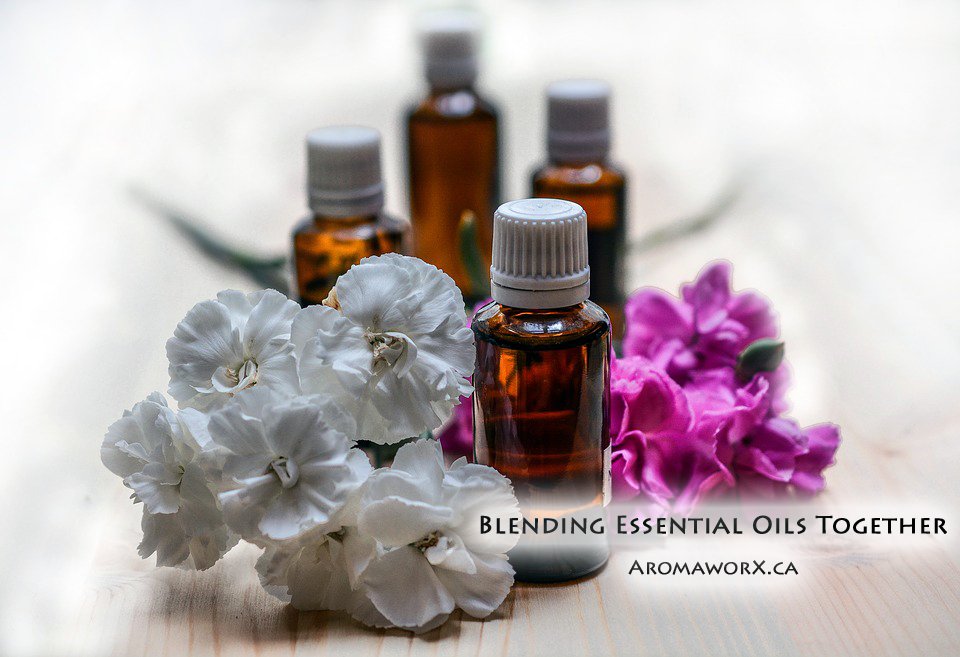
Essential oils provide both strong psychological and physical benefits for those individuals who use them. It is believed that when essential oils are blended, their synergy produces a stronger product. However, blending essential oils can be rather difficult and even a bit frustrating for those who try to do so. For this reason, many people, especially beginners, give up trying to do so all together, but there is really no need to so. If one takes the time to do a little research and is willing to experiment, they can learn how to blend essential oils properly. However, one first needs to get the basics down.
These basics include learning that the best essential oil blends are those that come from the same group. For example, florals mix best with florals, citrus essential oils blend best with other citrus essential oils. Most essential oils fall under the following categories; woody, green, resinin, spicy, floral and citrus. For individuals just starting out or who have had some trouble mixing oils in the past, it is best to begin with florals because they are the easiest ones to mix. In fact, it is very hard to mess them up. Oils that are harder to blend include those in the spicy and citrus groups.
It is important to note that the very best essential oil blends are those that bring out the best properties of each individual oil. It is ultimately about the strength of the final product. However, if you are more interested in developing a specific scent then you will want to focus on what blends smell the best when combined together.
When blending your oils it is important to note that essential oils come in three different categories, top notes, middle notes and base notes. Top notes are light fragrances that help to energize and lift your mood. Common top note oils are cinnamon, peppermint, orange and lemon. Middle notes have a little more weight then top note essential oils, but not as much as base notes. They are the main components of aromatherapy blends. Melissa, lavender, rosemary, nutmeg and tee tree are examples of middle note essential oils. Base note oils last the longest and tend to be heavier and more rich than all of the other oils. Some examples include clove, jasmine, ginger and vanilla.
When you mix oils, be sure to add oils from each category. It works best to blend them in a 2:3:1 ratio. Where you should mix 2 parts top note oils, to 3 parts middle oils to 1 part base note oil.
Blending your own essential oils is a fantastic way to develop a blend that best matches your lifestyle and personal taste. It is also a fun way to experiment and play around with different scents. You may be pleasantly surprised at which oils, when mixed together, develop into a scent that you can’t live without.
If you appreciate the information provided,
please help keep this website running. Blessings!
© 2008-2025 aromaworx.ca. All rights reserved.

